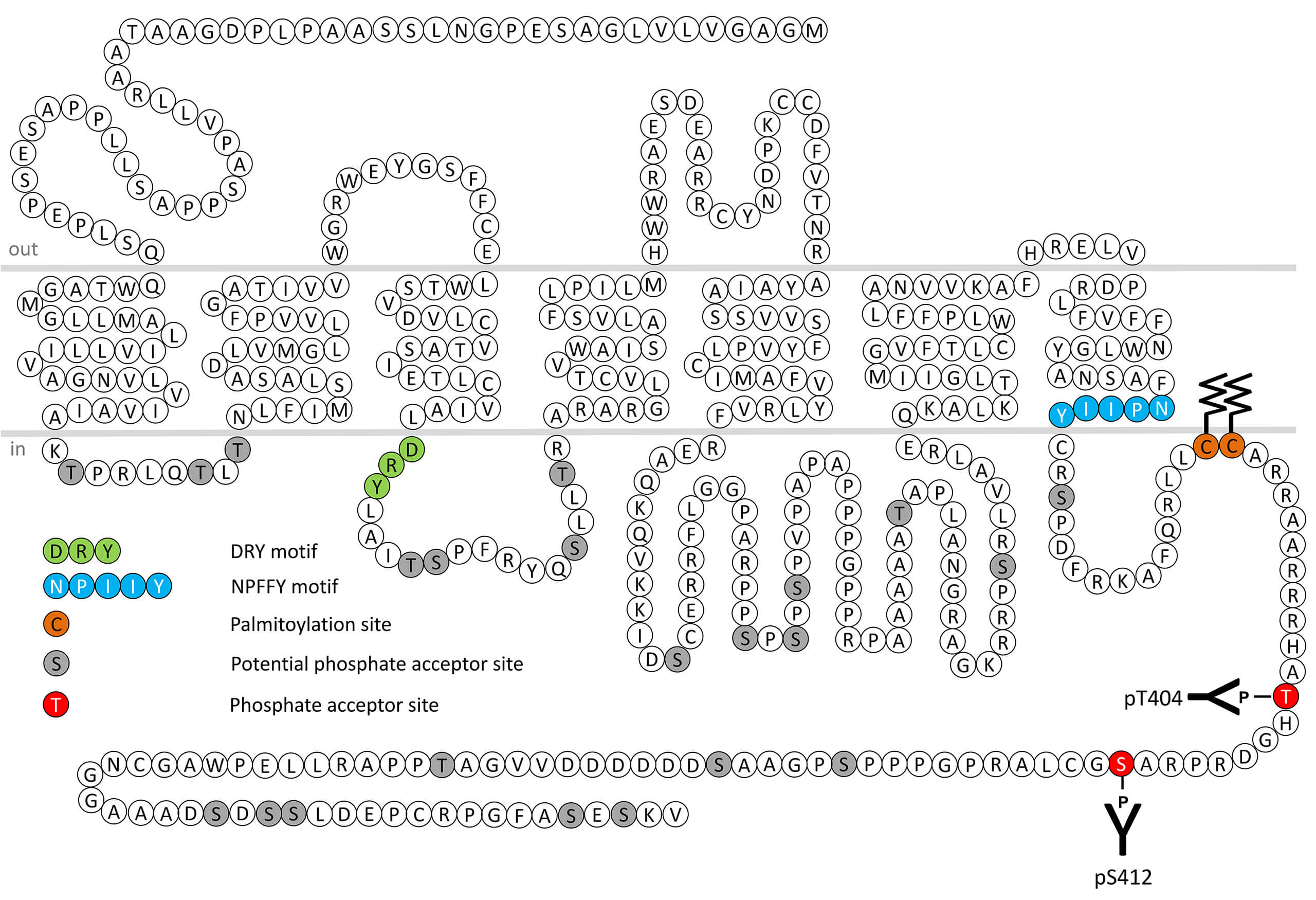No results were found for the filter!
NEW
 pS412-β1 (phospho-β1-Adrenoceptor Antibody)
pS412-β1 (phospho-β1-Adrenoceptor Antibody) Serine412 (S412) is a major phosphorylation site of the β1 adrenoceptor. The pS412-β1 antibody detects phosphorylation in response to high- and low-efficacy agonists but not after PKC activation. S412 phosphorylation is primarily...
$ 375.00 *
NEW
 pT404-β1 (phospho-β1-Adrenoceptor Antibody)
pT404-β1 (phospho-β1-Adrenoceptor Antibody) Threonine404 (T404) is a major phosphorylation site of the β1 adrenoceptor. The pT404-β1 antibody detects phosphorylation in response to high- and low-efficacy agonists but not after PKC activation. T404 phosphorylation is primarily...
$ 375.00 *
NEW
 β1 (non-phospho), β1-Adrenoceptor Antibody
β1 (non-phospho), β1-Adrenoceptor Antibody The non-phospho- β1 antibody is directed against the carboxyl-terminal tail of human β1 . It can be used to detect total β1 receptors in Western blots independent of phosphorylation. The non-phospho- β1 antibody can also be used to...
$ 375.00 *
Recently viewed


